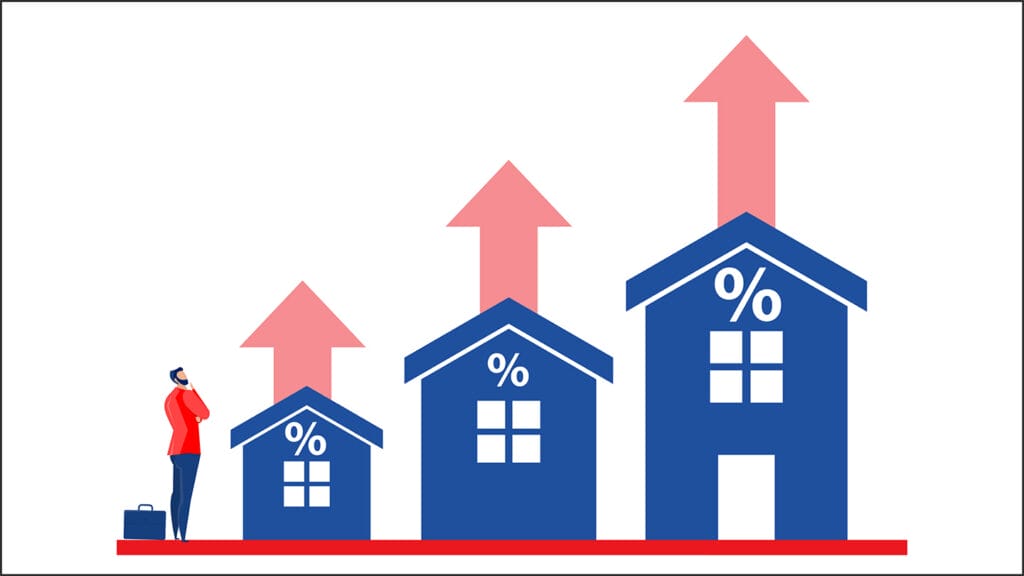
Senior living occupancy continued to close in on pre-pandemic levels in the first quarter of 2024, as occupancy increased for the 11th consecutive quarter, according to data released Thursday by the National Investment Center for Seniors Housing & Care.
The senior living (independent living and assisted living combined) occupancy rate for the 31 primary markets followed by NIC MAP increased 0.5 percentage points, from 85.1% in the fourth quarter of 2023 to 85.6% in the first quarter of 2024, according to NIC MAP Vision data.
That’s a 7.8 percentage point increase from a pandemic low of 77.8% in the second quarter of 2021, marking 11 consecutive quarters of occupancy gains, driven by increasing demand. The latest data also bring senior living occupancy to within one and a half percentage points of the first quarter of 2020 pre-pandemic occupancy rate of 87.1%.
“Clearly, we’re maintaining the momentum we saw in 2023. That is good,” NIC Head of Research and Analytics Lisa McCracken told McKnight’s Senior Living. “What it shows is demand is there. The consumer is certainly looking to senior housing as an alternative for home and care.”
The first-quarter increase was led by assisted living, which improved in occupancy by 0.6 percentage points from the previous quarter, to 84%. The independent living occupancy rate improved 0.3 percentage points to 87.1%.
Occupancy gains in both settings were higher than the first quarters of 2022 and 2023 and placed assisted living within 0.4 percentage points of pre-pandemic levels and independent living within 2.5 percentage points.
“The continued upward climb of occupancy, along with strong absorption levels, supports the NIC forecast of returning to and surpassing the pre-pandemic occupancy levels sometime in 2024,” McCracken said in a statement.
But don’t assume the first quarter is a north star, McCracken said, adding that occupancy was down slightly pre-pandemic due to overbuilding in some markets, so some of the current occupancy gains are a market correction. Until new inventory comes into the market, she anticipates that occupancy will continue to improve simply because the demand is going to be greater.
New construction remains muted
Senior living construction starts remain muted due to the higher costs of capital and a challenged lending environment, according to NIC. Construction starts increased slightly from the fourth quarter of 2023; 2,236 new units started in the first quarter of 2024, led by assisted living starts. Despite slight upticks in new projects in the first quarter, NIC noted that the rolling four-quarter average for construction starts sits at 1.37% of total inventory, the lowest since first quarter 2010.
McCracken said she doesn’t see construction starts changing much this year even if interest rates come down, adding that it’s going to take a while to see those rate changes trickle through to new construction projects beginning again.
In addition, she said, the construction cycle has lengthened dramatically in recent years, to 29 months from shovels in the ground to a community opening.
“Even if we start to see activity pick up, it’s still going to be a few years out until we start to see a meaningful impact of any new uptick in construction,” McCracken said, adding that until capital access frees up, the sector will remain in a holding pattern.
“With little change in access to capital and in borrowing costs, particularly for new projects, we continue to see depressed levels of construction starts,” NIC Senior Principal Caroline Clapp said in a statement. “We expect this trend to continue until financing conditions ease.”
The lack of new development, however, comes with a silver lining: the conversion of elevated absorption into increased occupancy.
“The combination of significantly elevated absorption levels, suppressed supply growth and a growth rate for the 80-plus demographic nearly double that of 2019 is making for a dynamic time in the senior housing market,” NIC MAP Vision CEO Arick Morton said in a statement. “This is especially true as the 80-plus population is set to grow by more than 20% over the next five years, further propelling demand.”
Regionally, Boston (91%), Baltimore (88.5%) and Minneapolis (88.2%) continued to experience the highest occupancy rates of the NIC MAP primary markets. Houston (80.2%), Las Vegas (81.6%) and Atlanta (82.1%) recorded the lowest occupancy rates in the first quarter.



